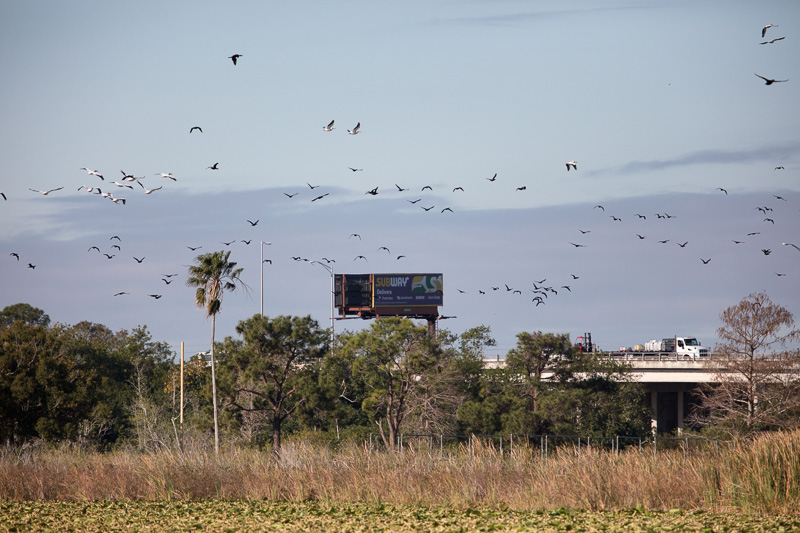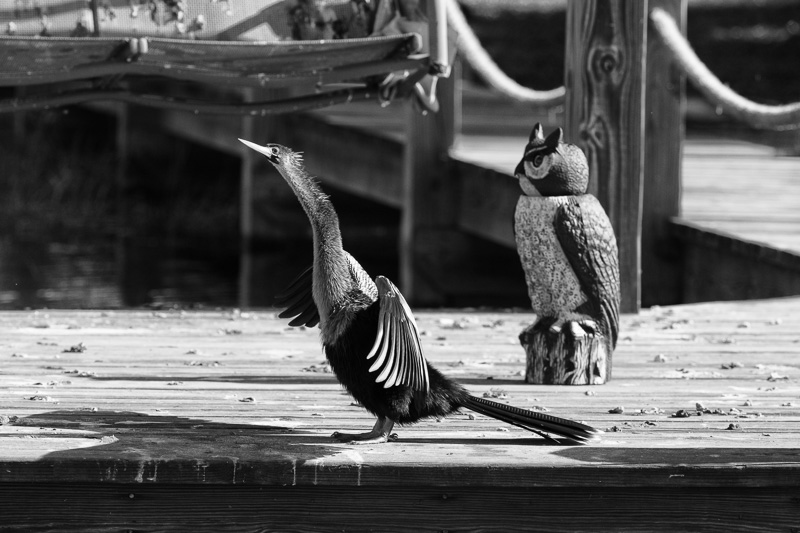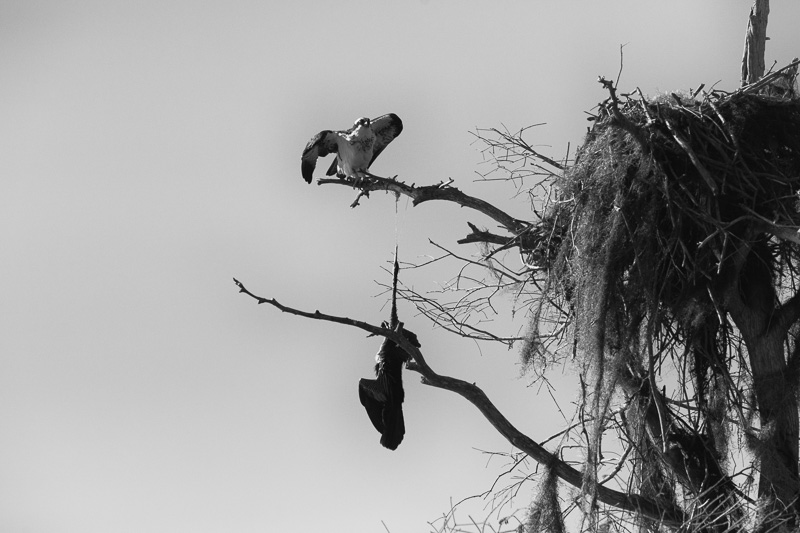The “new normal” didn’t begin in 2020 with Covid-19. I expect it began in 1776 with the installation of the first steam engines, the rise of modern industrialization, and, later, the Anthropocene era. Humans reshaped the face of the planet with as much impact as any geophysical force. Modernism placed human over and against the natural world rather than in and of it.
To my way of thinking, one of the strangest ideas in photography is the landscape. The camera itself is a child of industrialization and modernism. As such, one of its earliest roles was to document military campaigns. It was complicit in conquest and colonization. It could only produce the landscape—the idealized image of natural vistas—if it excluded elements from the frame, like roads, machines, and buildings. In the 21st century, clever exclusion has given way to digital manipulation. Similarly strange is the idea of the wildlife photograph. There is a sense in which virtually every animal on the planet is domesticated. The cage bars aren’t obvious, but all animals roam inside the confines of a giant zoo and we are their mostly negligent zookeepers.

Earlier this year, while visiting central Florida, I tagged along with a camera club my parents belong to, and we took a pontoon boat tour of the Chain O’ Lakes system—Lake Shipp, Lake Lulu, Lake Eloise, past Legoland and the bay where they still have the old Cypress Gardens waterski show. Yes, there are storks, anhingas, egrets, cranes, pelicans, cormorants, ducks, seagulls, and owls. But one can hardly call this a natural setting.
A purist would insist on photographing these birds in their natural setting, or at least on producing photographs that perpetuate the illusion that these birds actually live in a natural setting. The rules of most photography club competitions insist on it. Giant prints of broad-winged pelicans skimming the water and scooping up fish may be heart-warming, but they engage us in denial. Our pretty pictures enlist us in a denial of the fact that all animals now live perpetually in competition with humans, that all animals struggle with the impact of plastics, and that loss of habitat poses an existential threat. Even ten years ago, I would have given in to the temptation to sanitize my images, worrying more about making them pretty than making them honest. But I can’t. Not anymore.

In the midst of the Covid-19 pandemic, there is a tendency to forget that Covid-19 is not the most pressing matter before us. Covid-19 has tricked us into a collective narcissism. It affects us, but only us, and it doesn’t even pose an existential threat to us. On the other hand, climate change, habitat destruction, and mass extinctions affect the entire biosphere and in ways that are potentially more dire than anything we experience today. What’s more, it may be delusional to think of Covid-19 as a distinct crisis. All evidence points to the likelihood that Covid-19 became a human threat when it was transmitted from bats to humans via an intermediary species. Whatever the mode of transmission, it did not occur in a natural setting; it occurred as we were engaged in destructive behaviours on other fronts. Covid-19 is merely one symptom of a syndrome.
We putter around lakes in central Florida and can’t help but see how the natural world gets shoved to the margins. Already, the world is piled high with lies; it doesn’t need photographers to throw more on the heap.

